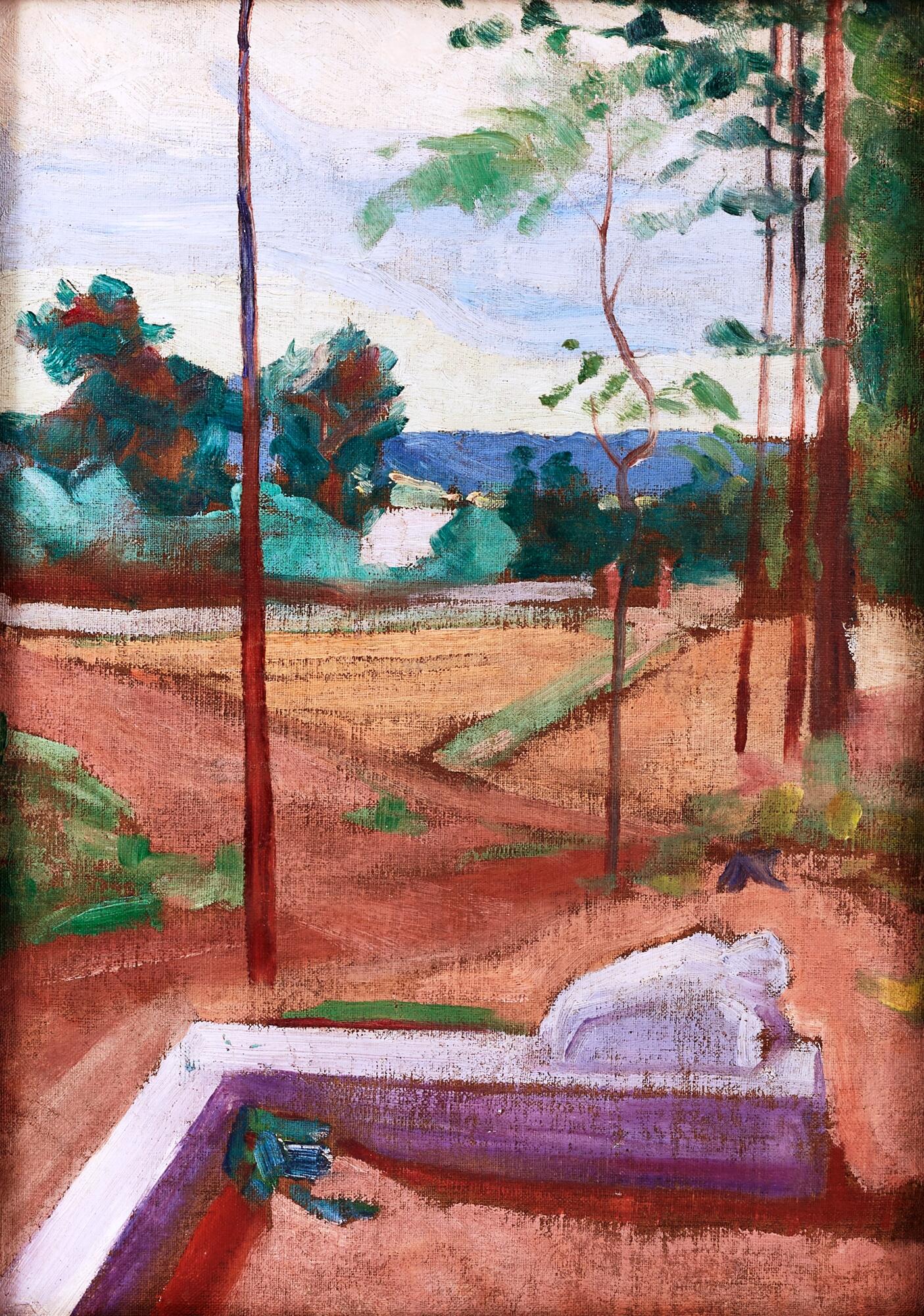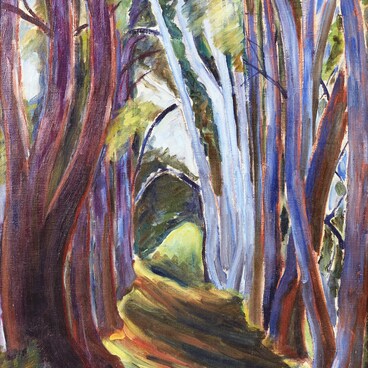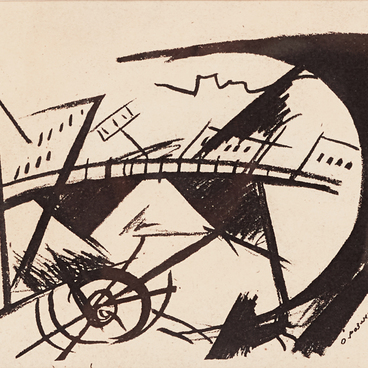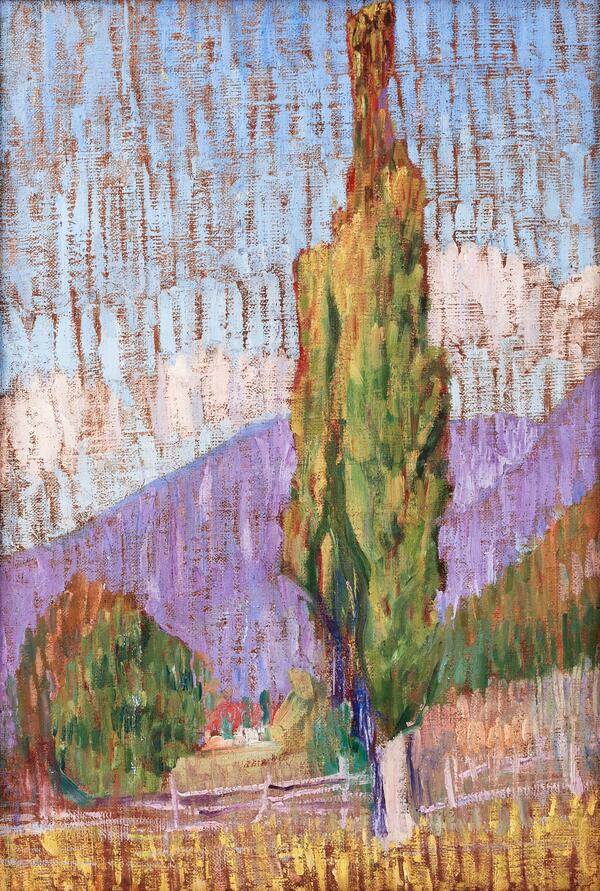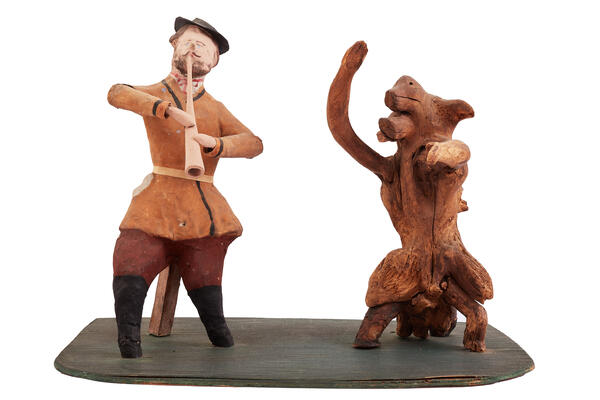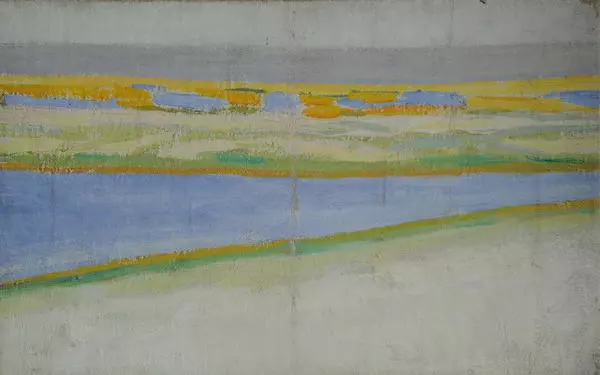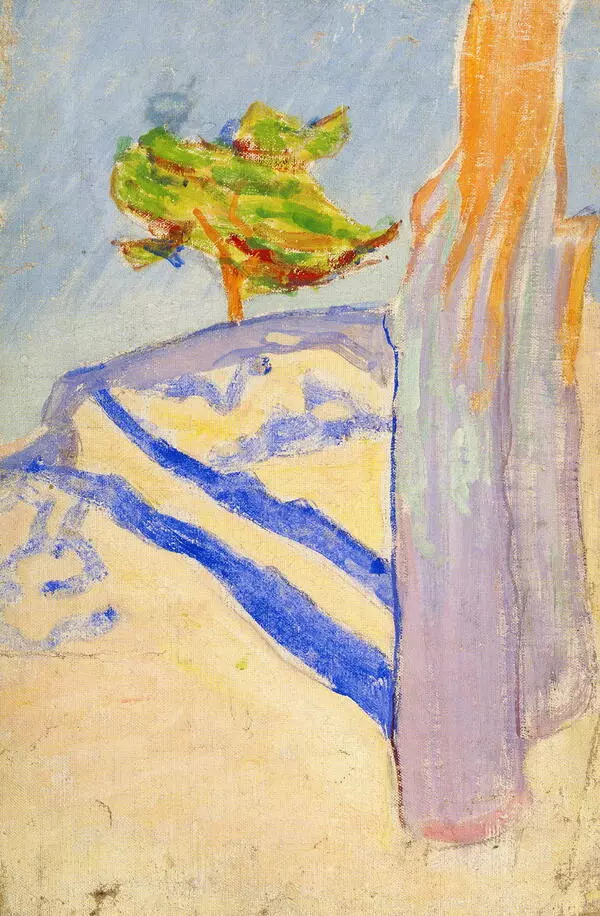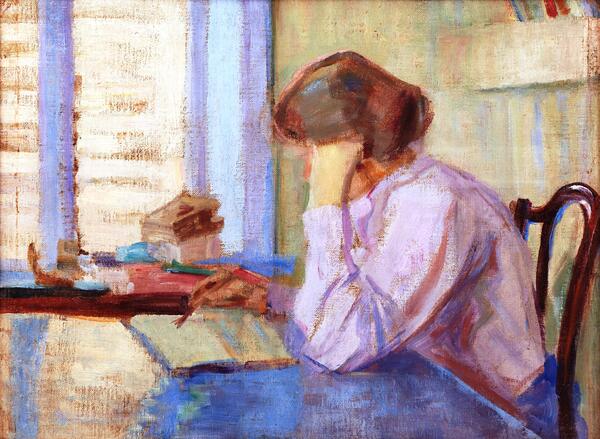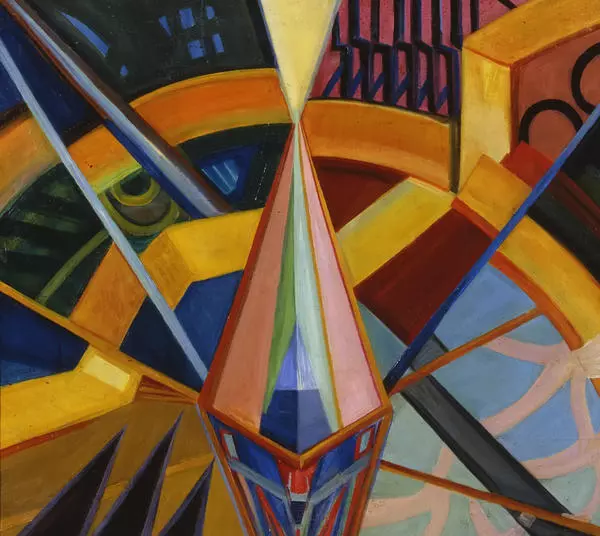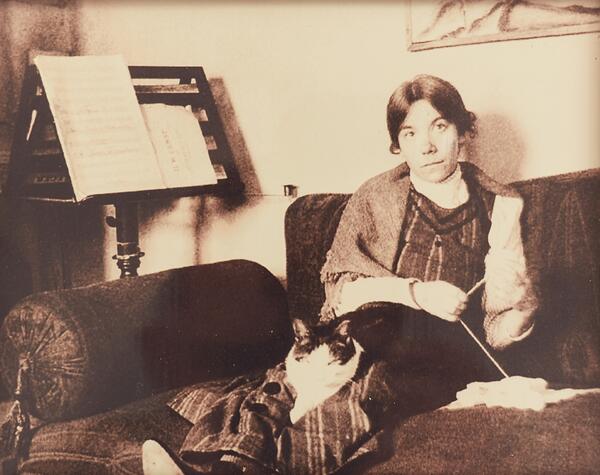In 2006, the Museum of the History of Saint Petersburg received a painting called “Grave of Elena Guro”. It was donated to the museum by Alla Vasilyevna Povelikhina, an art historian and researcher of the Organic Culture in Russian art, founded by Elena Genrikhovna Guro and Mikhail Vasilyevich Matyushin.
At the heart of this artistic trend is a gentle attitude toward nature and all living things in this world. Elena Guro believed that everything in the world has a soul, be it a stone or a bird, a tree or a person. All souls coexist in harmony, so no one and nothing should be harmed in order not to destroy this harmony.
Elena did not like to live in the city, calling it “a prison cell” and taking every opportunity to go to the countryside and be closer to nature, where she felt free as a bird. Despite the progressive nature of her illness, she continued to take part in Futurist projects.
In April of 1913, Elena Guro, Velimir Khlebnikov and Aleksey Kruchyonykh came up with an idea for the collection of poems “The Three”. The book was finished after Guro’s death, and Kazimir Malevich designed the cover and made drawings, which he dedicated to her memory.
Elena Guro died of leukemia on May 6, 1913, in the Finnish settlement of Uusikirkko, which is now known as the village of Polyany. The art critic Alexander Alexandrovich Rostislavov wrote,